Why dull Hertfordshire is England's most underrated county
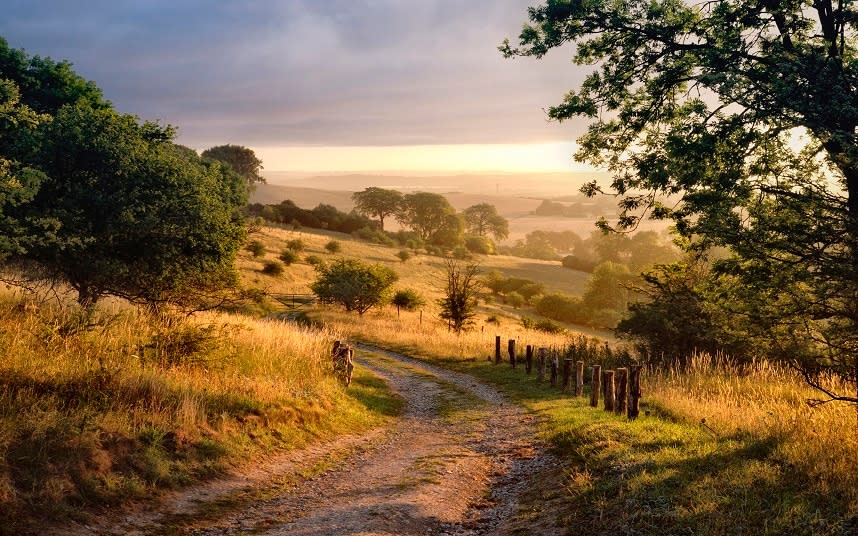
You know a county is dull when, under the “notable visitor attractions” section of Wikipedia, it lists a roundabout (in Hemel Hempstead, since you ask).
But that’s Hertfordshire for you. Boring old commuter belt Hertfordshire. Everyone who grew up here shares two things in common. The first is that when asked “where are you from?” we tend to either reply “just north of London,” mumble something about the M25 or give the length of time it takes to get the train into London.
Because, let’s face it, we’re not going to proudly roar “Hertfordshire!” from the pits of our bellies in the way that somebody from Yorkshire, Somerset or Cornwall might. Hertfordshire is a humble county, facing south into London like somebody looking down at their feet. Why is that?
When you dissect it, the first thing that becomes clear about Herts is that its vital organs are not among Britain’s most inspiring towns. The three biggest settlements are Watford, Hemel Hempstead and Stevenage, names befitting a trio of bullies from Slytherin. (The chief bully, Luton, lives just across the border in Bedfordshire.)
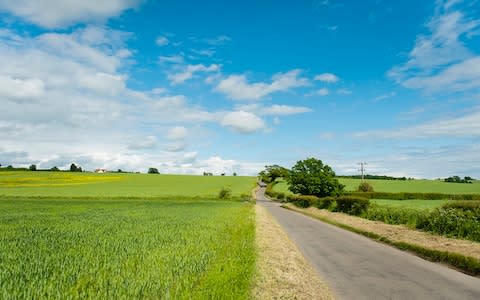
All three have close ties to the capital. While Watford spills into the city’s boundaries (it’s on the Underground network so is basically London), Hemel and Stevenage have a historical connection. These were among the first New Towns built following the Second World War to accommodate Londoners displaced by the Blitz. As a result their town centres are now dominated by Modernist architecture and faded high streets, hiding any memory of the villages named in the 1086 Domesday Book as Hamelhamstede and Stigenace.
So what about England’s first “garden cities”, Welwyn and Letchworth? Designed by Sir Ebenezer Howard, these were developed in the early 20th century to bring together the joint benefits of city and countryside life. The result is two concentric and pragmatic towns, almost American in feel with their straight boulevards and oversized shopping centres. Perfectly livable, yes, but lacking in the historic pubs, architectural heritage or idiosyncrasies that stir any feelings of county pride.
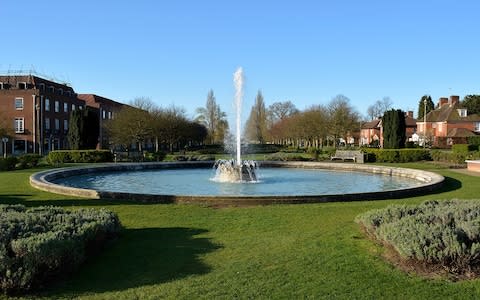
This is the critical view of my home county. It’s dull, largely flat and thanks to its prominent commuter population, lacking any kind of unified identity. I certainly wouldn’t be able to pick a Hertfordshire accent out if you put me in a room full of its residents alongside people from neighbouring counties Buckinghamshire and Bedfordshire.
I do know what we would talk about, however. We all know where we were on the morning of December 11, 2005, when a leak at the Buncefield oil depot sparked off the biggest explosion in peacetime Europe (you don’t remember? It was really very loud).
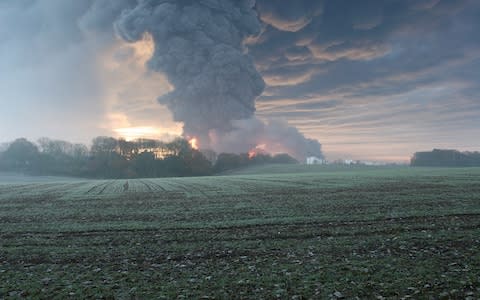
But put aside all these shortcomings, as we must with the people and things closest to our hearts, and you will find vignettes of literary heritage, crooked village inns, Roman settlements, bluebell woods and an extraordinary amount of lavender. Herts is by no means England’s best county, nor is it the most beautiful, but it is in my quite biased opinion one of the most underrated.
Some of England’s greatest writers have set their novels in these green belt lands. George Orwell based Animal Farm on the small village of Wallington in north Herts, while the Bennet family from Pride and Prejudice owned a fictional estate in the county. To experience the kind of stately home Jane Austen had in mind, you can wander the opulent grounds of Knebworth House, Hatfield House, Ashridge Estate or Brocket Hall.
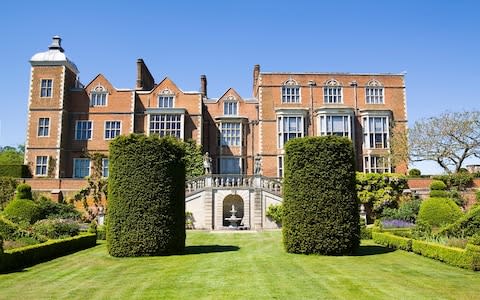
Another literary giant, George Bernard Shaw set up base in the pretty village of Ayot St Lawrence. His home at Shaw’s Corner is now a National Trust property, where you can see his marvellous rotating writer’s shed - built on a turntable to allow Shaw to turn it to face the sun.
This village is home to one of the county’s most charming and best-preserved country inns, the 14th-century Brocket Arms. In fact there is no shortage of decent boozers in Hertfordshire. St Albans is one of those places that claims to house the largest number of pubs per square mile, perhaps the reason that Camra decided to put its headquarters in the city. Jewel in the crown is Ye Olde Fighting Cocks, which calls itself 'Britain’s oldest pub' thanks to its history dating back to the eighth century.
This is by no means the oldest thing in St Albans. The city lived a previous life as the Roman city of Verulamium, in its heyday the second largest Roman settlement in the country after Londinium. Remains of the Roman Wall can be seen in Verulamium Park, while - just a few miles away in the village of Wheathampstead - is Devil’s Dyke, a prehistoric defensive ditch believed to have been the site where Julius Caesar fought Cassivellaunus in 54 BC. Hearing as a child that the “Roman geezer” roamed nearby was enough to take the imagination into overdrive.
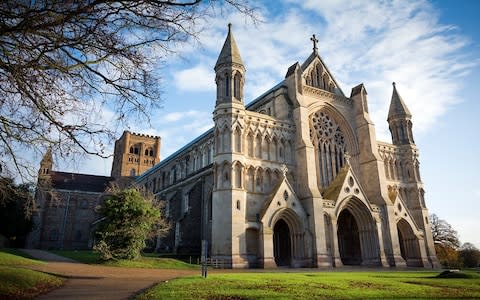
Just down the road is my beloved home town of Harpenden which, like nearby Berkhamsted and Hertford, has all the specialist shops and independent restaurants you'd expect in an overpriced commuter town. Eccentrics and enthusiasts flock here for its annual events like Classics on the Common and the Scotch-themed Highland Gathering. However, in my mind Harpenden’s most exciting claim to fame happened in 2008, when Mark Corrigan from Channel 4's Peep Show contemplates exacting revenge on his wife Sophie by smashing her mug with “Harpenden, Harpenden, Harpenden” written on the side.
We Hertfordshire folk will take what we can get.
When it comes to natural beauty, Herts is modest in its offerings. For a proper hill walk with a view, you’d do well to cross the border north into Bedfordshire for the Dunstable Downs or west into Buckinghamshire for the Chiltern Hills, an Area of Outstanding Natural Beauty whose foothills skirt the northern border of Hertfordshire across to Hitchin. Here you will find the wonderful farmlands of Hitchin Lavender, with around 25 miles of pick-your-own rows.

Whether you’re driving down a hedge-rowed lane or navigating a roundabout made up of six mini-roundabouts (honestly, it is a sight to behold), Hertfordshire is, like a knackered uncle taking an afternoon nap on Christmas day, dull and delightful in equal measure. I wouldn't change it for the world.
More from the series
In defence of the West Midlands, a little-loved county of hidden beauty
Why Cheshire is England's most underrated county
Why "boring" Buckinghamshire is England's most underrated county.
Why the creation of Merseyside was always doomed.
Do you think Hertfordshire is England's most underrated county? Or perhaps you feel that your own home county deserves more love? Leave a comment below.

